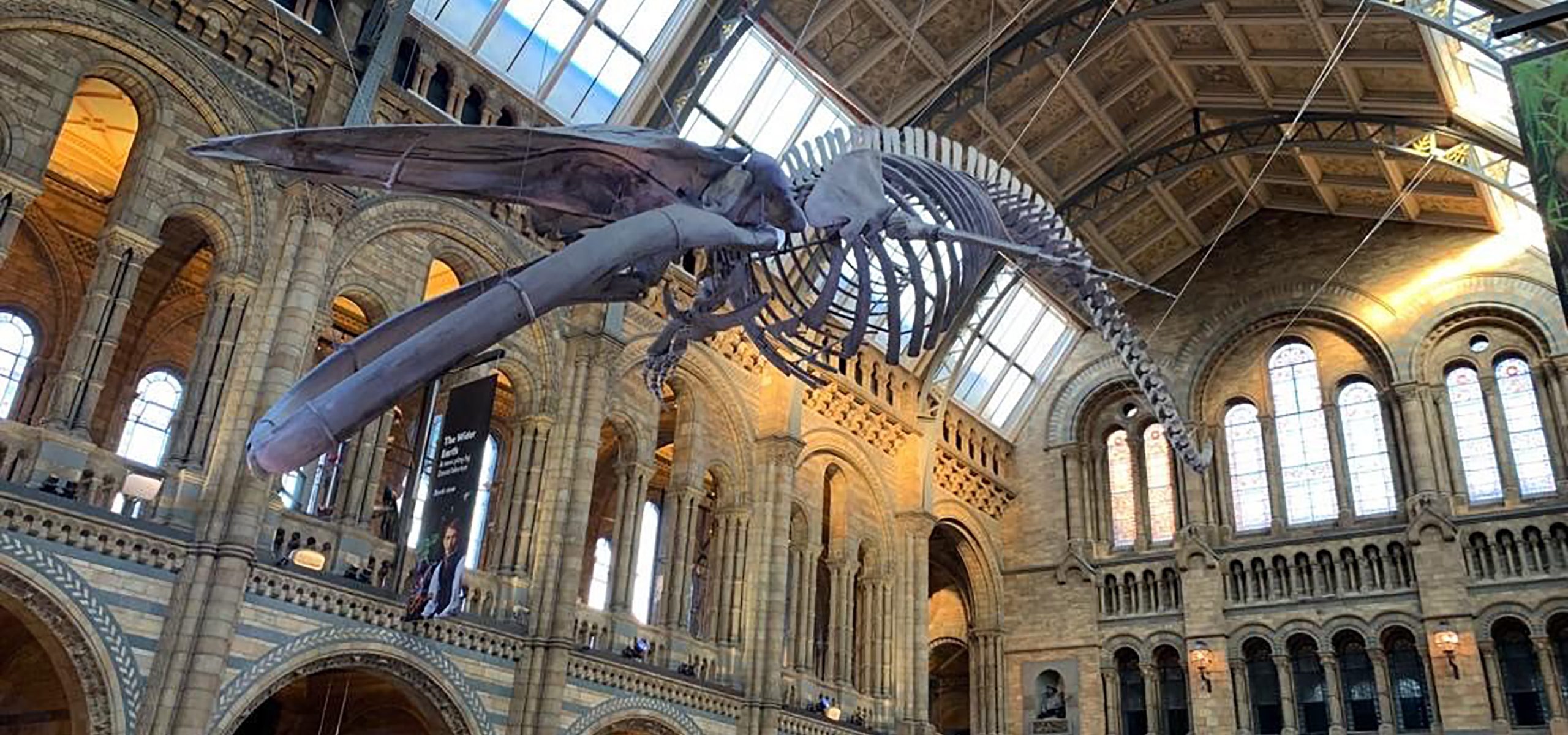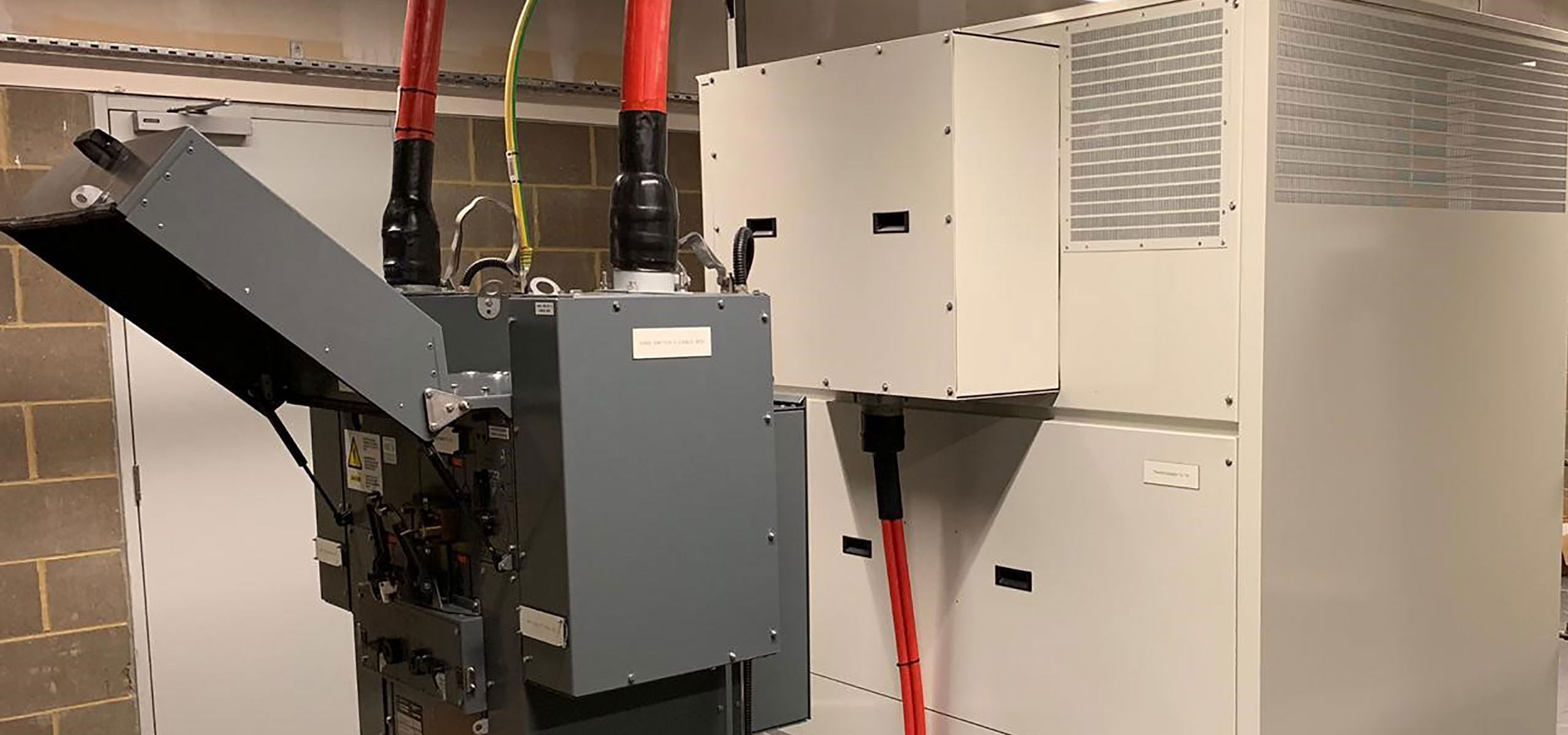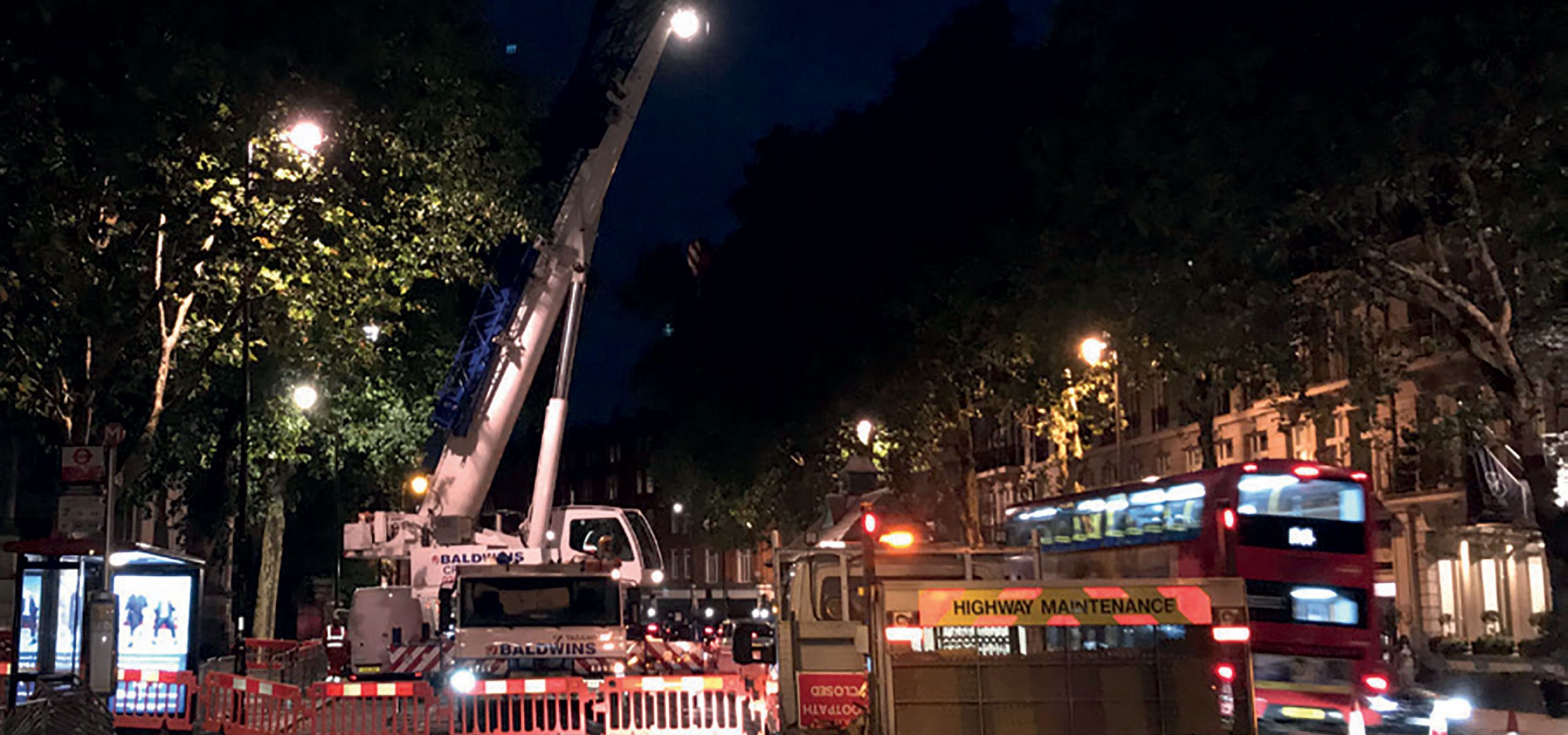Controlled Track Switches – Design & Installation

The RJ Power Networks team has completed the safe isolation, decommissioning, removal and disposal of an existing 6.6kV multi panel switchboard at the Natural History Museum, London. The fully managed work scope included all necessary planning and hot and cold commissioning for safe installation of a new 11 panel HV switchboard. RJ Power Networks also performed all required HV/LV/control cable works.
The existing switchboard asset had surpassed its design life, having been installed in the 1970’s and had become obsolete as a result of distribution improvements and safety requirements. This necessitated a full mains intake sub-station replacement.
The Switchgear within the National History Museum is critical to the operation of the distribution systems that serve the Natural History Museum, Science Museum and The Victoria & Albert Museum.
The works were programmed and resourced in order to deliver a full turnkey solution to meet a strict and challenging 6-week timescale. All considerations were made to accommodate zero interruptions to supply during operating hours, to ensure public access and business continuity throughout. Four separate shutdowns were required in order to allow safe working environments for personnel to achieve the installation and decommissioning works.
“As a Project Manager, I feel it is extremely important to recognise this project as an example of how things should be done.
“With safety being of paramount importance, each project’s success is measured against what is known as the Project’s Trilemma (Time, Cost & Quality). This project was successfully delivered with no accidents or incidents, executed in alignment with the timescales permitted, delivered to the highest quality standard and achieved the as sold margin position.
“I would like to extend my thanks and gratitude to all involved, a diversely skilled group, with enthusiasm and willingness to support each other. Teamwork, as always, played an extremely important role in this successful completion of this project. Every member of this team has demonstrated their ability to work extremely hard, under pressure and professionally from start to finish – they are credit to the business and a fantastic asset.”
Antony Wenden, Operations Manager, RJ Power Networks
Challenges & Solutions
As the Natural History Museum is the electrical distributor to both the Science Museum and the Victoria & Albert Museum, RJ Power Networks, when planning the project, had to consider the continuity of supply to the electrical networks of all three landmarks. The logistics of managing multiple stakeholder engagements was a challenge, as there was a need to ensure all involved were satisfied with the delivery approach for the project.
It was imperative that the electrical infrastructures of all three museums remained fully operational for the duration of the build (during normal working hours). This initially meant the key milestones of the project had to be carried out during the night or other offline periods. This also had to be carefully organised with the special events calendar for each museum and their private functions – each had many bespoke events for high profile customers regularly booked in with finish times at approximately 11pm each night.
Attention to detail and the highly professional working relationship between RJ Power Networks and all three Museums allowed for in depth hour-by-hour planning and project execution. Eight Months prior to the onsite build commencing, several planning meetings were held to ensure all potential risks had been identified and managed. This included the creation of a tailored communication channel dedicated for updates and the coordination between all stakeholders during the works.
RJ Power Networks also organised the local Distribution Network Operator (DNO) – UK Power Networks – to carry out the isolations and cable terminations onto their HV incomers. Engineering advances over the years removed the opportunity for UKPN to re-terminate in situ using Paper Insulated Lead Cable (PILC). A modern XLPE cable was therefore presented to the DNO HV incomers and transition joints, which was installed on bespoke elevated joint bay positions.
During planned intrusive investigation works it was discovered that the existing Bus section could be separated, allowing for continuity of power supply and the replacement equipment being located within the original Switchgear footprint. This was agreed by all to be one of the major risks to the Project, which was amplified by missing O&M details. This activity was an unknown for Phase 1 of the works and could have had a large impact on the planned timeframe. The strict shutdown period added pressure to the delicate dismantling and reconfiguring activity. It was communicated and known to all stakeholders that this critical element of the project had to be delivered in accordance with the hour by hour plan agreed or there would have been repercussions to the power supply of all three museums when opening for business the next morning.
The decision was made onsite to contact one of our specialist switchgear renovators who work closely with old switchgear and apparatus. They fortunately were able to locate a set of instruction manuals from when the original panel was in fabrication and shared them with us to aid our separation works. This source of information was essential to deliver the separation aspect of the works within the tight timeframe that was allocated by the museums.
The project was collaboratively planned and executed to an extremely high standard, that our customers have come to enjoy and expect from RJ Power Networks. All Engineers and Project Managers that were involved are extremely proud of this project as is it one of the largest and most complicated that the Networks team has completed.





